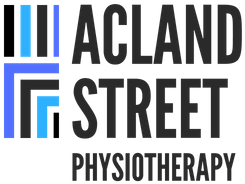|
There is emerging scientific research that training loads are directly correlated to injury risk.
Training load injuries are generally caused by:
Specifically, there are 2 types of training loads: External Loads and Internal Loads. External loads measure the amount of external workload eg. (running on the treadmill, weight lifting) to the individual while internal load measures the individual’s post exercise heart rate or rate of perceived exertion (RPE) as a response to the external workload. Rate of Perceived Exertion Guides for Aerobic and Resistance Training It is important to understand that to optimise performance, there needs to be a fine balance between training hard and overloading resulting in injuries and comprising performance. This sounds like common sense however to accurately monitor training loads is a challenging task given that it is associated with frequency, duration and intensity. Duration and frequency are relatively easy to measure however intensity could be measured by for example, how fast you are running, your heart rate, how much weight you are lifting with the barbell or the complexity or speed of the movements you are performing. Tracking your training loads is not just about managing the specific exercise you are doing but can help you determine when it may be appropriate for you to do some cross-training or vary your load. Acute on Chronic Workload Ratio (ACWR) For those who are a serious about injury prevention,a great way to find your training ‘sweet spot’ while minimising the risk of injury if you are serious about optimising performance is using the Acute on Chronic Workload Ratio calculator. Scientific research indicates a 0.8-1.3 ratio range is ideal. Injury risk increases at a 1.5 ratio or higher. To calculate your ratio, multiply your rate of perceived exertion (RPE) after each exercise with the duration, intensity or frequency of the exercise session (external load). The Acute Workload is over a 7 day period. The Chronic Workload is over a 28 day period. The ratio is the result of dividing the Acute Workload by the Chronic Workload. Tips:
0 Comments
Leave a Reply. |
Author
Archives
May 2024
|
Copyright Acland Street Physiotherapy © 2024

 RSS Feed
RSS Feed